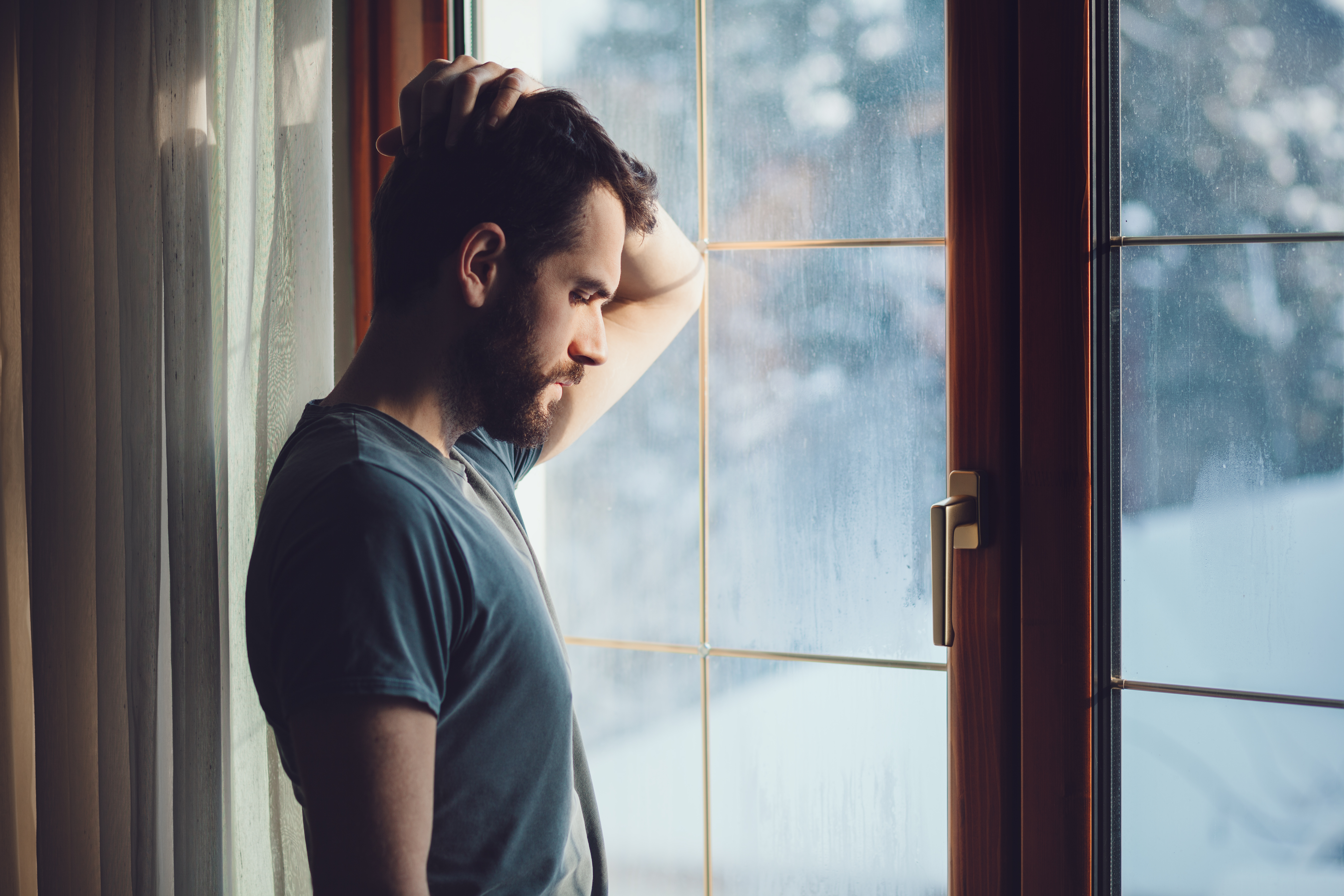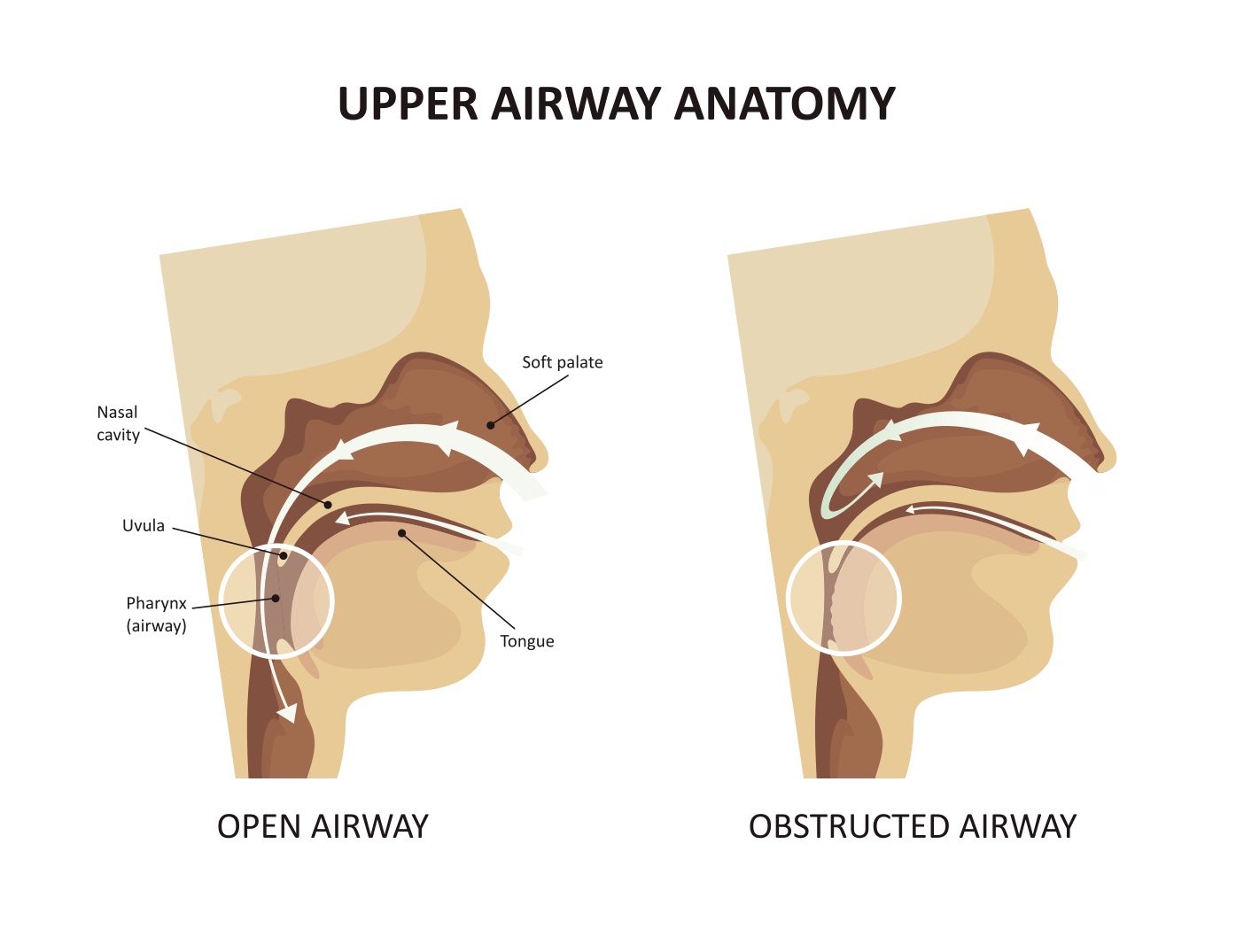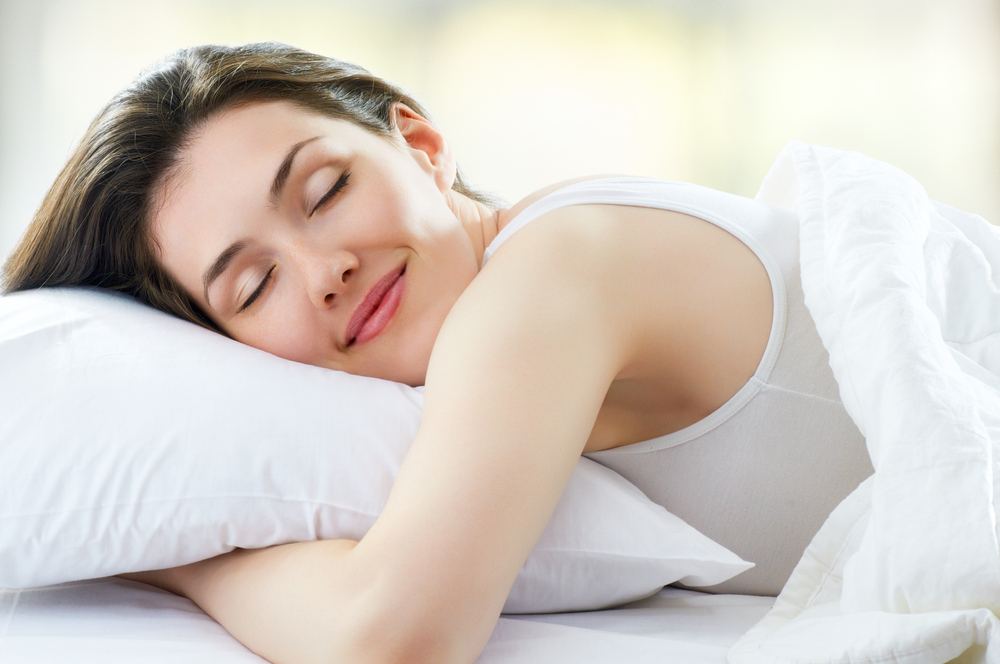Mouth and Throat Exercises for Sleep Apnea in Silver Spring, MD
Find Natural Relief for Sleep Apnea With Silver Spring Sleep Solutions!
At Silver Spring Sleep Solutions, Dr. Bassford provides a holistic approach to treating patients with sleep apnea. In addition to offering custom oral appliances, Dr. Bassford may recommend certain lifestyle changes and exercises to help you get the best results possible. After an initial consultation, Dr. Bassford will work with you to create a customized treatment plan to help eliminate your sleep apnea symptoms and get you on the path to a better night’s rest.
Read below to learn more about our natural sleep apnea treatments, including mouth and throat exercises. Call our Silver Spring sleep dentist today at 301-593-5500 to schedule an appointment with us. We’re here for patients in Silver Spring, Kensington, Wheaton-Glenmont, Washington DC, and beyond.


What Are Oral Exercises for Sleep Apnea?
Oral exercises can help reduce the severity of your sleep apnea by strengthening your muscles around the throat including:
- The back of your tongue
- Adenoids
- Tonsils
- Palatine uvula
- Soft palate
Strengthening these muscles can reduce the likelihood that they’ll collapse and block the airway. Like with any exercise, it may take a few weeks until you notice a difference, but by maintaining a routine, you’ll soon notice the benefits.
Therapeutic Exercises for the Throat – Our Silver Spring Sleep Dentist Explains!
By practicing any oral exercises that our sleep dentist near you prescribes you regularly, your sleep apnea symptoms can slowly start to fade. Exercises that may be prescribed include:
- Open your mouth as wide as you can and stick your tongue out as if you’re trying to lick your chin and hold for five seconds — repeat 10 times.
- Open your mouth as wide as you can while saying “ahh” for about 20 seconds, taking breaks as needed — repeat 10 times.
- Place your tongue firmly against the roof of your mouth and slide it backward — repeat 20 times.
- Inhale through your nose and blow out through pursed lips for five seconds.
- Gargle water for five minutes.
- Hold your tongue between your front teeth and swallow five times — repeat five times.
- With your mouth open, move your jaw towards the right and hold for 30 seconds — repeat on the left side.
Frequently Asked Questions
What sleep position is best for reducing sleep apnea symptoms?
If you’re struggling with sleep apnea, the best position to lay in is on your side. Side sleeping is the recommended position because it can help reduce the risk of your throat collapsing causing a sleep apnea event. Dr. Bassford may also recommend positional therapy as a part of your holistic treatment.
Positional therapy utilizes specially designed pillows to help keep your airway open while you sleep. There are pillows available for patients who prefer side sleeping or sleeping on their back. It may take a little getting used to, but you can rest assured knowing that it’s helping you decrease the severity of your sleep apnea symptoms.
How can I treat sleep apnea at home without a CPAP machine?
There are various treatment methods that can improve your sleep apnea symptoms without the need for a bulky and loud CPAP machine. Dr. Bassford may recommend a combination of the following:
- Maintain a healthy weight
- Positional therapy
- Exercise regularly
- Mouth and throat exercises
- Use a humidifier
- Use an oral appliance
- Avoid smoking, alcohol, and sedatives
How can mouth exercises help stop snoring and ease other sleep apnea symptoms?
Snoring and obstructive sleep apnea (OSA) occur due to floppy airway muscles, poor tongue positioning, and breathing through the mouth while sleeping. By practicing mouth and throat exercises, you can strengthen your airway and tongue muscles while promoting breathing through your nose. Regularly performing these exercises can reduce snoring and help you manage your sleep disorder symptoms.
How often should I perform mouth and throat exercises for sleep apnea?
Performing your mouth and throat exercises for 10 minutes per day for three months will make a noticeable difference in your sleep apnea symptoms. Dr. Bassford may recommend performing these exercises at least two to three times per day for maximum effectiveness.
As with any exercise program, it takes time to build and strengthen your muscles, so don’t get discouraged if you don’t see immediate results. One major advantage of mouth and throat exercises is that they can be performed almost anywhere, making it easier to fit them into your daily routine.

Achieve Restful Sleep Again With Dr. Bassford’s Help!
Strengthening the muscles around your throat is part of a holistic approach to improving your sleep apnea symptoms. If you have sleep apnea, contact our Silver Spring sleep dentist by calling 301-593-5500 and we’ll help you on your journey to a better night’s rest. You can also request more information by filling out our online contact form. We’re here for patients in Silver Spring, Kensington, Wheaton-Glenmont, Washington DC, and beyond.
PHONE
OFFICE
10301 Georgia Ave, Suite 207
Silver Spring, MD 20902
